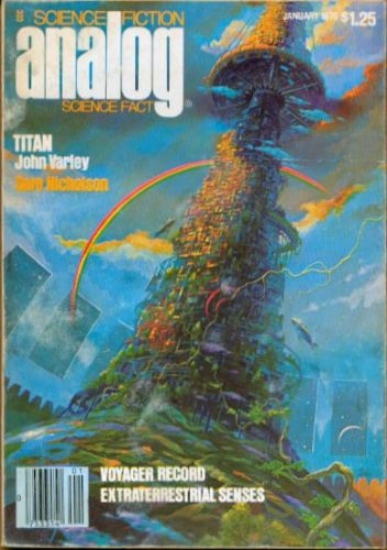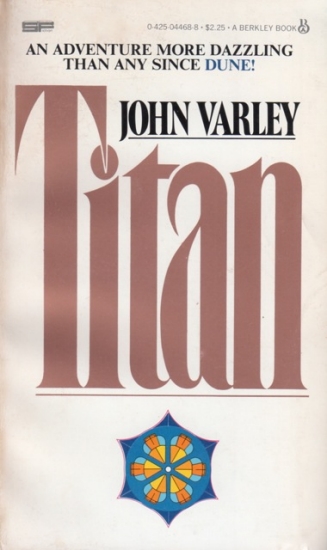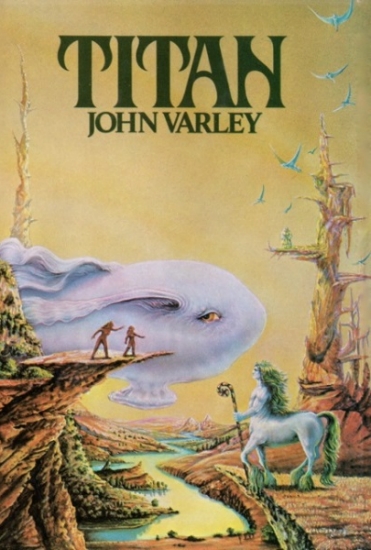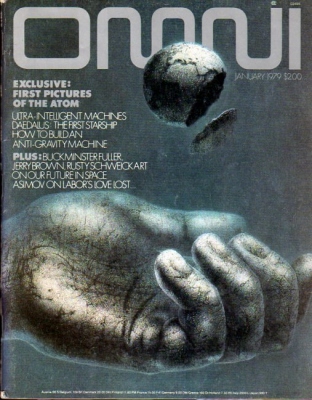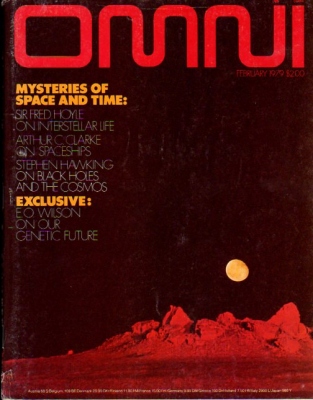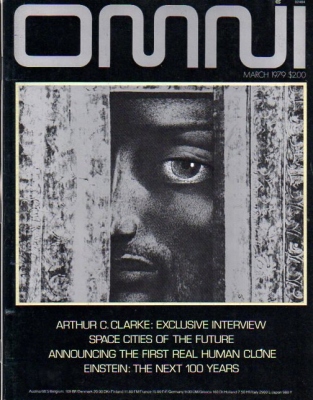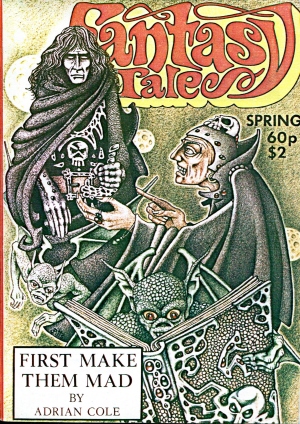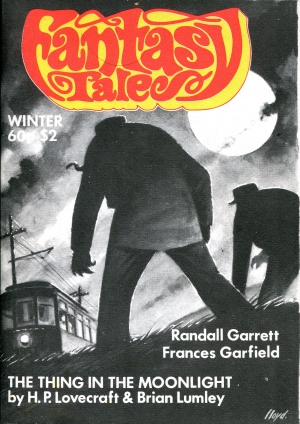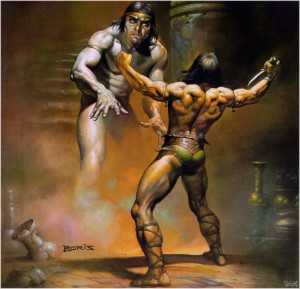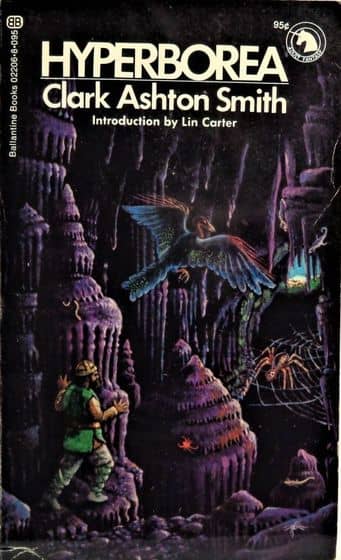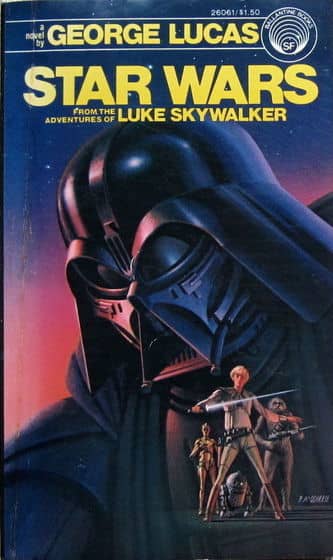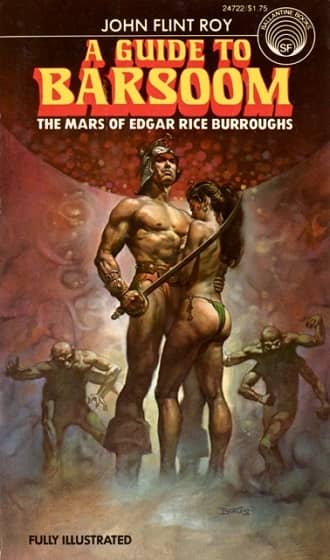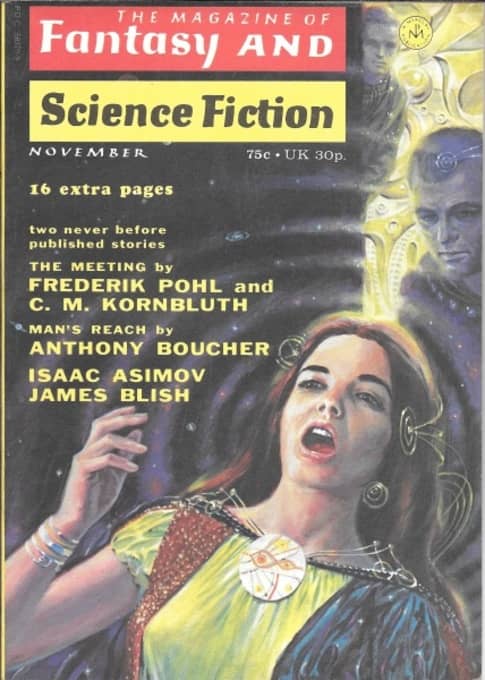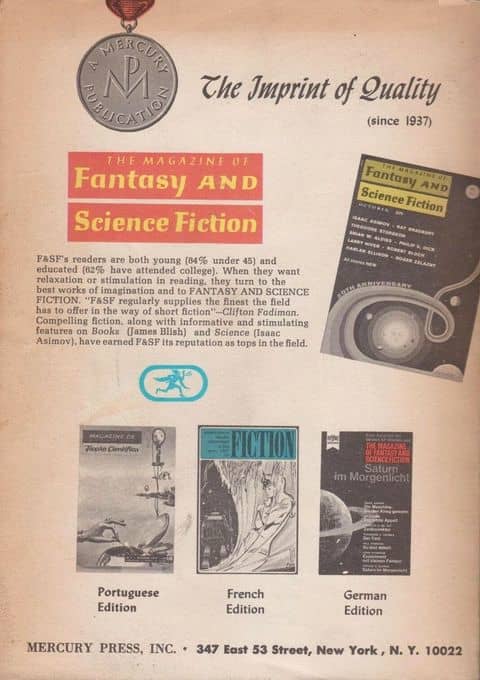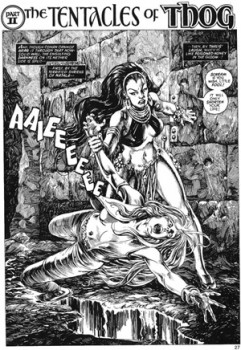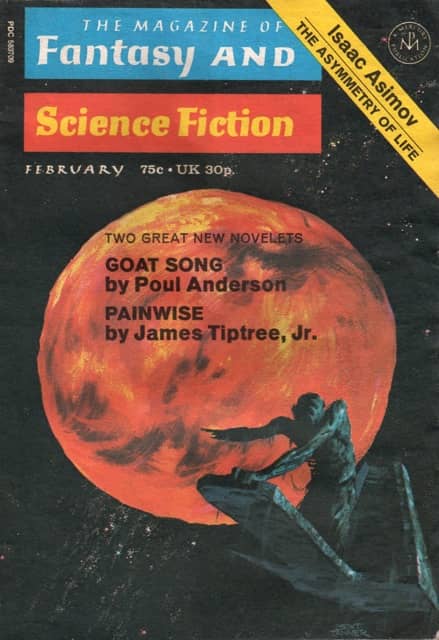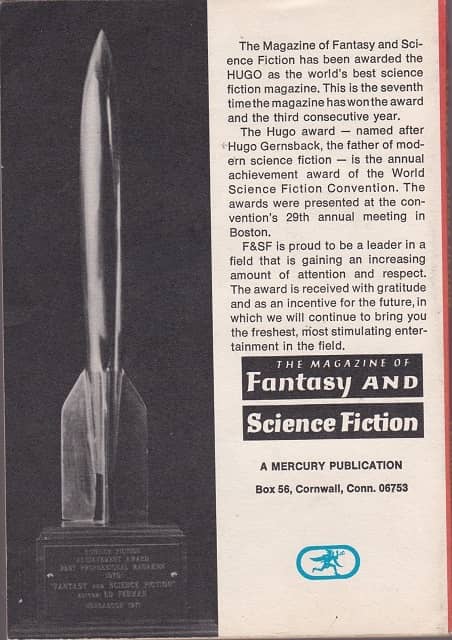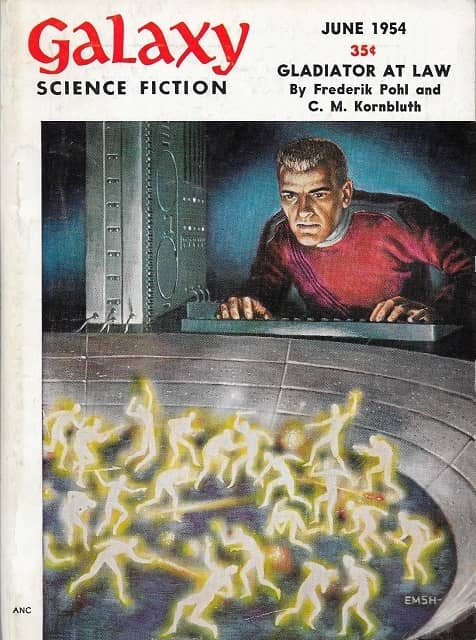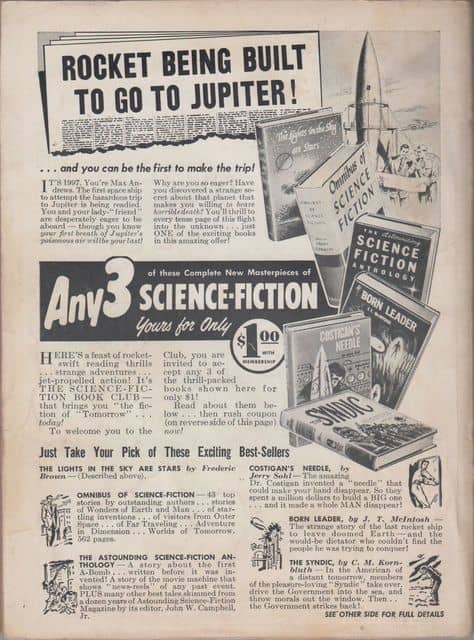Hither Came Conan: Keith West on “Beyond the Black River”
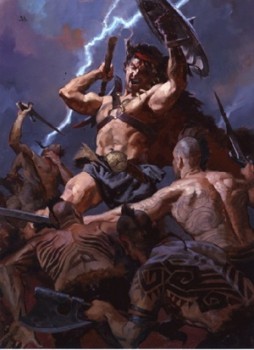
Welcome back to the latest installment of Hither Came Conan, where a leading Robert E. Howard expert examines one of the original Conan stories each week, highlighting what’s best. Keith West (love his Adventures Fantastic blog) landed one of my favorites, “Beyond the Black River.”
I. Introduction
“Beyond the Black River” is the best Conan story. There are several reasons why. First, there is plenty of action. It’s well choreographed and the pacing is superb. Unlike some of the Conan stories, which are simply adventures stories (not that there’s anything wrong with simple adventure stories), this one contains quite a bit of philosophizing. Finally, the structure of the story is such that not only do we see Conan through the eyes of the supporting cast, Howard gives us enough information to place the Conan of this story in the context of the rest of the stories. We’ll look at each of these strengths. And just so you know, there will be spoilers.
II. The Action
The story opens with a young man named Balthus heading through the region known as Conajohara towards a fort on the Black River. He’s not sure if he wants to join the garrison there as a recruit or try to clear some land and build a cabin. Although a competent woodsman by the standards of the Bossonian Marches, he’s out of his league in the wilderness, as he soon learns. Conan saves his life from a Pict who’s been watching him.
Balthus was completely unaware of both Conan and the Pict. On their way back to the fort, they come across the headless body of a merchant. Hearing something in the forest, Conan throws his ax at it but misses. Conan tells Balthus that the commander of the fort had recently imprisoned a Pict sorcerer named Zogar Sag who had stolen some liquor and drank enough that he passed out before he made it back across the Black River. They should have either killed him or let him go with gifts since imprisoning a Pict is a mortal insult.
Now Zogar Sag has summoned some type of demon. It has been killing men one by one and removing their heads. Conan and Balthus reach the fort and learn that Zogar Sag has managed to unite the quarreling Pict into a massive army. He plans to wipe out all the Aquilonian settlements from the Black River all the way back to Thunder River and beyond. Conan leads a small group across the Black River to reconnoiter. All but Conan and Balthus are wiped out.
